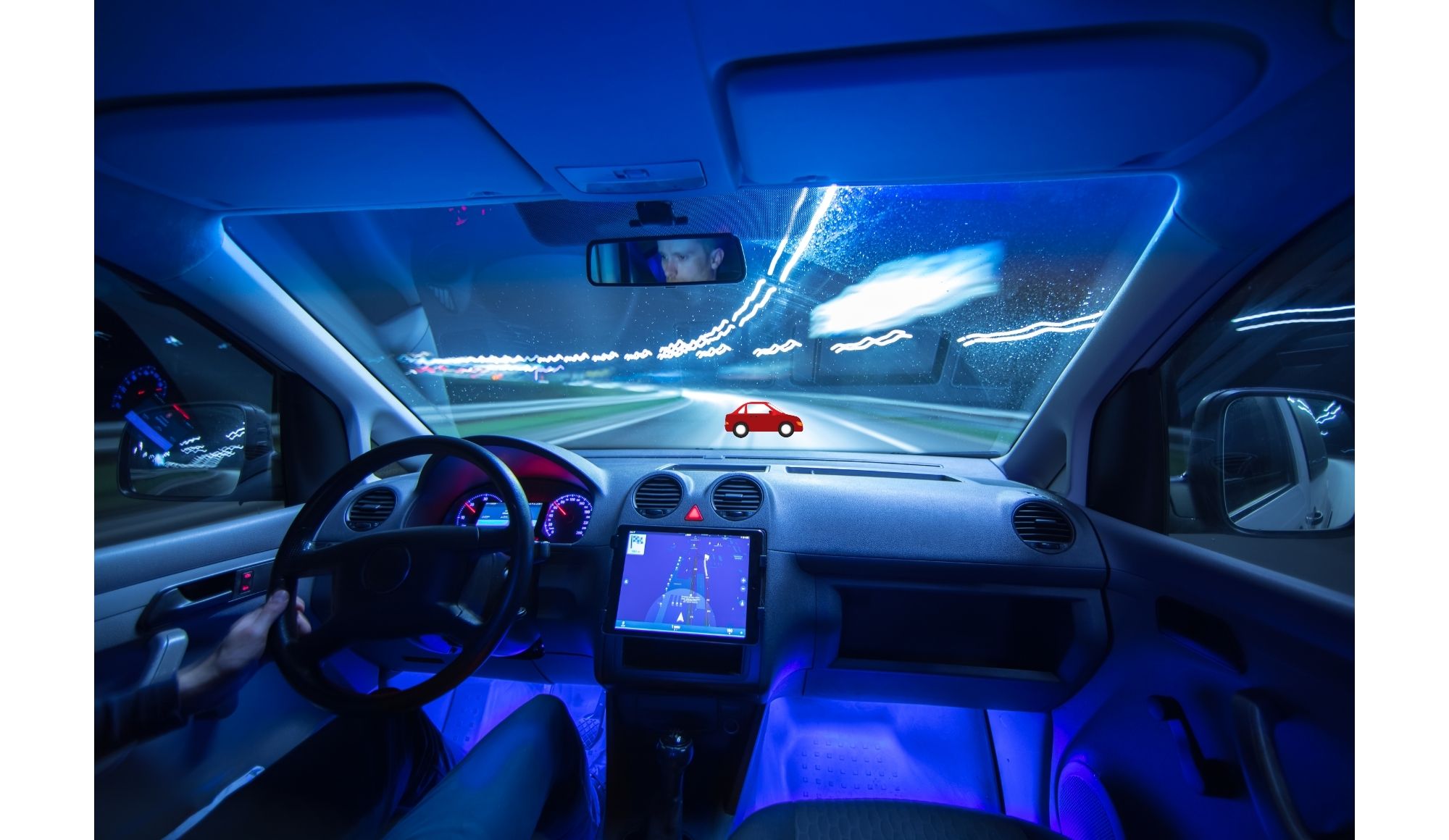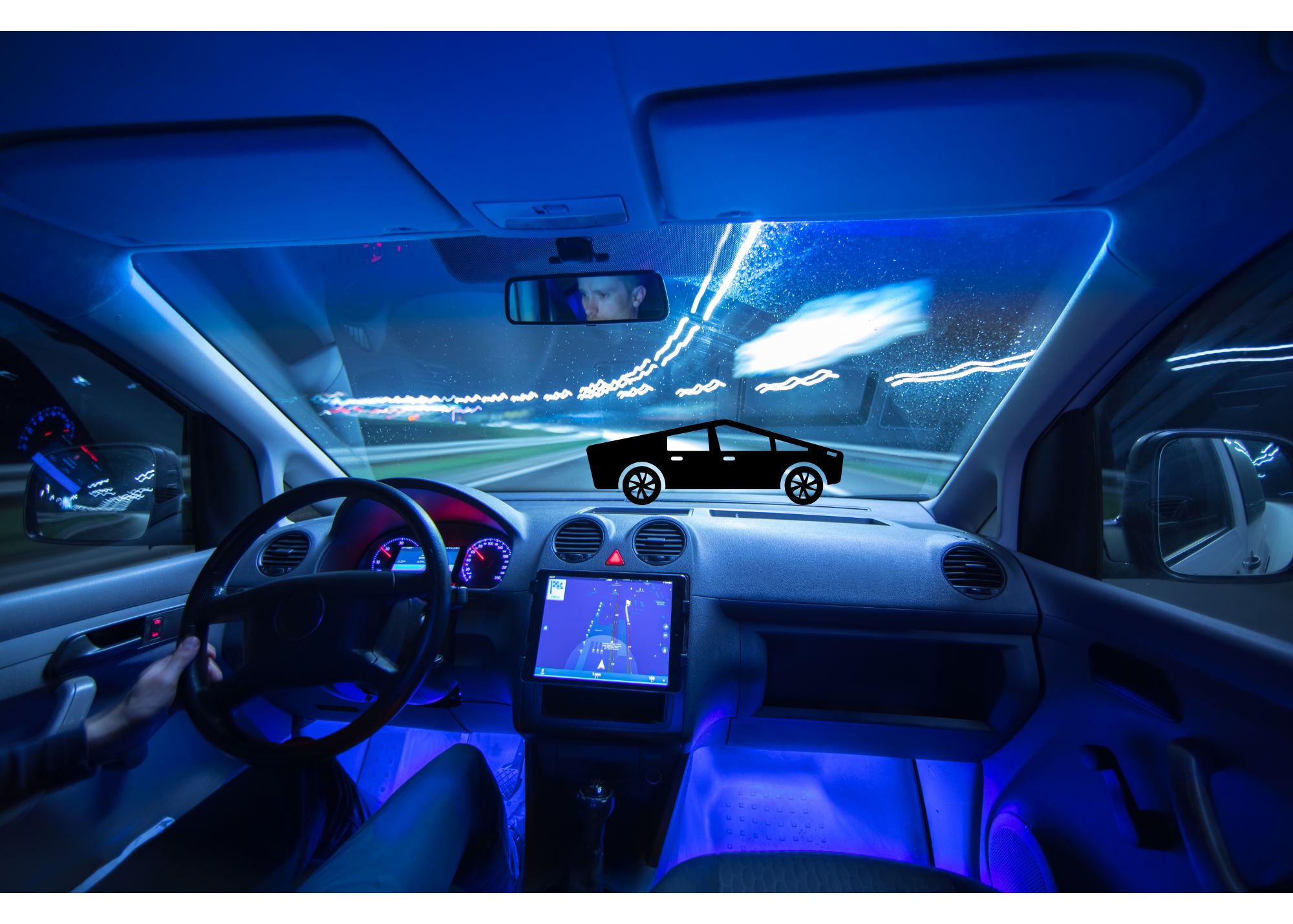Is $1 Trillion in Tesla Annual Profits Possible?
Tesla may trade as a stock but it has the hallmarks of being a call option. That’s because the company holds under its umbrella one of the most advanced AI systems on planet earth. And now that – thanks to OpenAI – the general public has become aware of what AI can do, it’s arguable that Tesla is substantially underpriced because it can leverage that AI in so many other areas.
Take humanoid robots, for example. What was once an idea from a sci-fi movie has now become reality. Elon Musk’s Tesla is actively working to build humanoid robots as part of its Optimum program. And the possibilities for them are, if Musk is to be believed, enormous.
How much will Optimus deliver to Tesla’s bottom line? Musk’s astonishing answer is potentially $1 trillion. Here’s how he got there.
Key Points
- Tesla’s advanced AI and humanoid robots could add $1 trillion in profit annually, according to Musk.
- Musk thinks Tesla can produce 100 million humanoid robots annually, priced at $20,000 each with a 50% gross margin.
- With potential profits from robots and robotaxis, Tesla appears substantially undervalued.
Humanoid Robots Are Coming
The robots are coming faster than we can probably imagine. In a speech recently, Musk described Optimus as a humanoid robot that can do just about anything you want it do, whether that means be your companion, babysit your kids, be a teacher to your kids, work in factories or anything you can imagine.
Musk estimated the ratio of super useful humanoid robots to actual humans should be a minimum of 1:1 but is more likely to be 2:1 because everyone in the world will want them, and they will be used widely in industry.
His assumptions are 1 billion humanoid robots will be built per year and that Tesla will have at least 10% market share, resulting in 100 million Optimus robots produced per year.
Further, he goes on to say that Tesla already makes about 100 million cars per year so the production capacity and know-how at that scale is well-understood. However, Tesla Optimus robots will be substantially cheaper than cars, and likely to cost around $10,000 and sell in the $20,000 range. At those price points, Tesla would make, Musk claims, about $1 trillion in profit per year.
What Is Tesla Worth?
What Musk didn’t say is what that translates to in valuation for Tesla. At the very low end that price-to-earnings ratio would be 10x which would turn Tesla into a $10 trillion company.
But remember that’s just from the robots alone. If we factor in the car manufacturing, which has already at one point sparked Tesla’s market cap to rise to a trillion dollars alone, you can see the potential grows further. And that’s without the robotaxis that Cathie Wood thinks will 10x Tesla’s valuation too.
So you can see why we describe Tesla stock as more akin to a call option than an equity because if Cathie Wood is right, Tesla has the potential to 10x from autonomous driving robotaxis and if Musk is right 10x is possible from humanoid robots. Put the two together and you end up with a $20 trillion company.
The astonishing part of the calculation is that even if both are only partially right and Tesla simply rises back to the level it previously hit, a $1 trillion market cap, that still represents a 70% gain from the present level of $582 billion.



